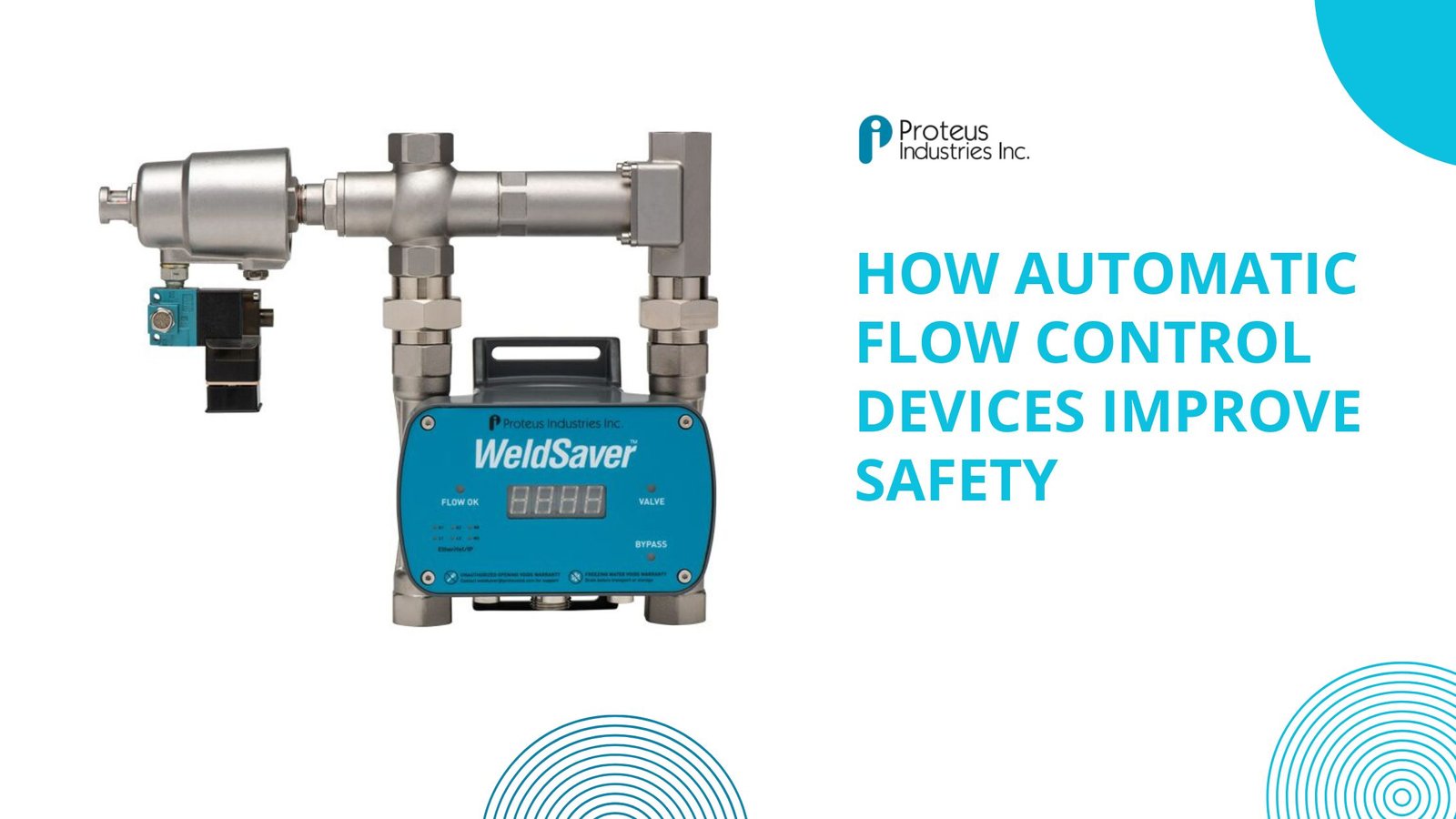If you’re thinking about how to start a small printing business, you’re probably someone who values creativity, entrepreneurship, and maybe even the smell of freshly printed paper. Whether you’re drawn to printing custom t-shirts, business cards, stickers, or marketing materials, the printing industry offers tons of opportunities—especially for small businesses looking to serve local communities or niche online audiences.
But let’s be honest. It’s not just about buying a printer and watching the money roll in. Like any business, a successful printing venture takes planning, patience, and the right setup. So, let’s walk through how to start a small printing business step-by-step—without the fluff or generic advice.
Step 1: Define Your Printing Niche
Before you jump in, it’s essential to narrow your focus. The printing industry is broad. Are you interested in:
-
Custom t-shirts and apparel printing?
-
Business stationery like flyers, brochures, and business cards?
-
Large format printing (banners, signs, decals)?
-
Sticker and label printing?
-
Personalized gifts and merchandise?
Choosing a niche helps you set your pricing, choose the right equipment, and figure out who your customers are. If you try to do everything from the start, it’s easy to get overwhelmed and stretched too thin.
Step 2: Research Your Target Market
Once you’ve picked a niche, get to know your potential customers. Are you targeting local small businesses that need business cards? Or are you going after Etsy shoppers looking for custom mugs? Spend time researching:
-
What types of products they’re currently buying
-
What competitors are offering (and charging)
-
Where gaps exist in your local or online market
This step helps you create a printing service that people actually need—and are willing to pay for.
Step 3: Choose the Right Printing Equipment
This part is tricky, especially if you’re on a budget. Your equipment should match your product focus. Here are a few basic options to consider:
-
Inkjet or laser printers: Great for paper-based products like brochures, business cards, and flyers.
-
Sublimation printers: Perfect for mugs, t-shirts, and promotional items.
-
DTG (Direct to Garment) printers: Ideal for on-demand clothing printing.
-
Screen printing setup: Better for bulk t-shirt or tote bag orders.
You don’t have to buy everything at once. Start with what you need for your core offerings, and scale up as your business grows.
Step 4: Set Up a Workspace
Your workspace depends on the type and scale of your printing business. If you’re doing simple jobs, a clean home office or garage space could work. But for more advanced setups, you’ll want:
-
Adequate ventilation (especially for ink or heat-based printing)
-
Storage for materials (paper, shirts, packaging)
-
A sturdy worktable or production area
-
Computer and design software setup (like Adobe Illustrator or Canva)
Step 5: Build an Online Presence
No matter how good your printing work is, people won’t find you without an online presence. Here’s what you’ll need:
-
A website: A simple WordPress site with an order form, product catalog, and gallery of past work goes a long way. (Pro tip: Use a managed WordPress host like RoconPaaS for fast and secure setup.)
-
Social media profiles: Focus on platforms where your audience hangs out—Instagram for creative products, LinkedIn for B2B printing, etc.
-
Google My Business: If you’re serving a local audience, this is a must-have for visibility.
Step 6: Price Your Services Right
You don’t want to be the cheapest in town, but you also shouldn’t scare people off with sky-high prices—especially when you’re just getting started. Here’s a basic way to set your pricing:
-
Calculate material costs (paper, ink, blank shirts, etc.)
-
Factor in machine wear-and-tear and electricity
-
Include your time and labor
-
Add a reasonable profit margin (start with 30-50%)
Also, consider offering packages or volume discounts to encourage bigger orders.
Step 7: Promote Your Business
Now that you’re set up, it’s time to bring in customers. Try these strategies:
-
Offer limited-time discounts for first-time customers
-
Partner with local schools, event organizers, or small businesses
-
List your services on platforms like Etsy, Fiverr, or local classifieds
-
Share behind-the-scenes content and success stories on Instagram
-
Run Facebook or Google Ads targeting your city or niche
Word of mouth and referrals also go a long way, especially in the printing world. So make sure every order you deliver exceeds expectations.
Step 8: Manage Orders & Keep Improving
Once the orders start rolling in, stay organized. Use tools like:
-
Trello or Notion to manage custom requests and deadlines
-
QuickBooks or Wave for bookkeeping
-
Google Drive or Dropbox to save design files
And finally, don’t stop learning. Printing technology and trends evolve fast. Whether it’s upgrading your equipment or experimenting with eco-friendly materials, staying sharp will keep you ahead of the competition.
Final Thoughts
Starting a small printing business is more than just pressing “print.” It’s about solving customer problems with high-quality, customized solutions—and building a brand that people trust. With a bit of hustle, the right tools, and smart branding, you can absolutely turn your printing side gig into a full-time income.
Want help setting up your website or managing orders through WordPress? I can guide you with the right hosting setup and design tips to get you started.
Would you like a follow-up article on the best eCommerce plugins for selling print products on WordPress?













Leave a Reply